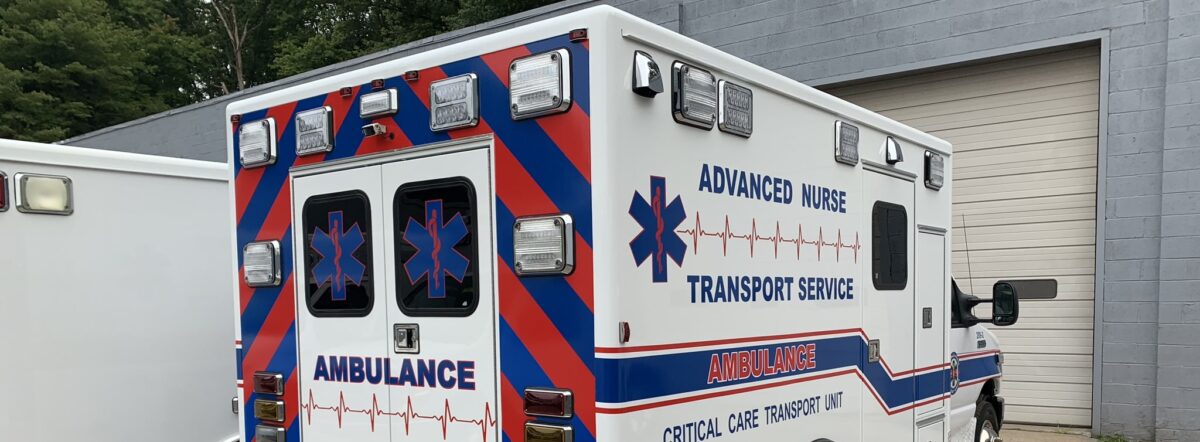Why Customize an Ambulance and What You Should Consider Including
Modifications to the standard ambulance can greatly improve the safety, functionality, and utility of any fleet. These medically equipped vehicles can provide vital services to suffering individuals, which means that any upgrade or improvement could be the difference between life and death for patients. Consider some of these recommendations from professional ambulance dealers of customization options which are designed to overcome common hazards.
Reduce Step Distance
Depending on the model of ambulance, there may be a considerable gap between the ground and the patient compartment. This makes the effort required to embark and disembark greater in proportion to the size of the jump. A simple way to eliminate this issue is by installing a step. A step doesn’t have any effect on the capability of the ambulance, it’s cheap, and it works wonders. A step can easily cut the distance necessary to enter and exit the vehicle by half. That may not seem like an amazing feat, but it does lower the chance of dangerous accidents.
External Equipment and Supply Storage
Another smart way to reduce accidents is by taking another look at how items are stored in the vehicle. If the storage space originates from within, then there are myriad dangers stemming from entering and exiting the vehicle while carrying delicate equipment. Instead of keeping these important materials inside, it’s possible to give them their own storage space that is accessible from outside. Ambulance spine boards can also be stored in a number of ways; recently, more ambulances have been using a slide-in design.
More Efficient Patient Compartment
One of the biggest difficulties that planning the design for an ambulance presents is the cramped nature of the patient compartment. Keeping a patient and medical professionals squeezed into a road vehicle is a daunting task, but it’s one that is needed throughout every community. The newest way to create more space within the patient compartment is to switch to a swinging seat option over the traditional fixed seat. This is a setup that gives EMT workers full access to the supplies they need to tend to patients, and it also lets them see the front and back of the ambulance with ease.
Colors and Lights
Keeping the ambulance visible on the road is paramount to protecting against random accidents. The best way to alert drivers on the road to the presence of the ambulance is through the use of bright paints and flashing LED lights. Yellow is the color of choice for both European and American ambulances since it catches the eye faster than any other pigment. Making sure that the paint is not in need of a fresh coat will ensure that it’s doing its job. As for LED lights, they should be placed in a way that covers all angles from which the ambulance could be viewed.


